Home>Garden Essentials>What Do Sesame Seeds Taste Like
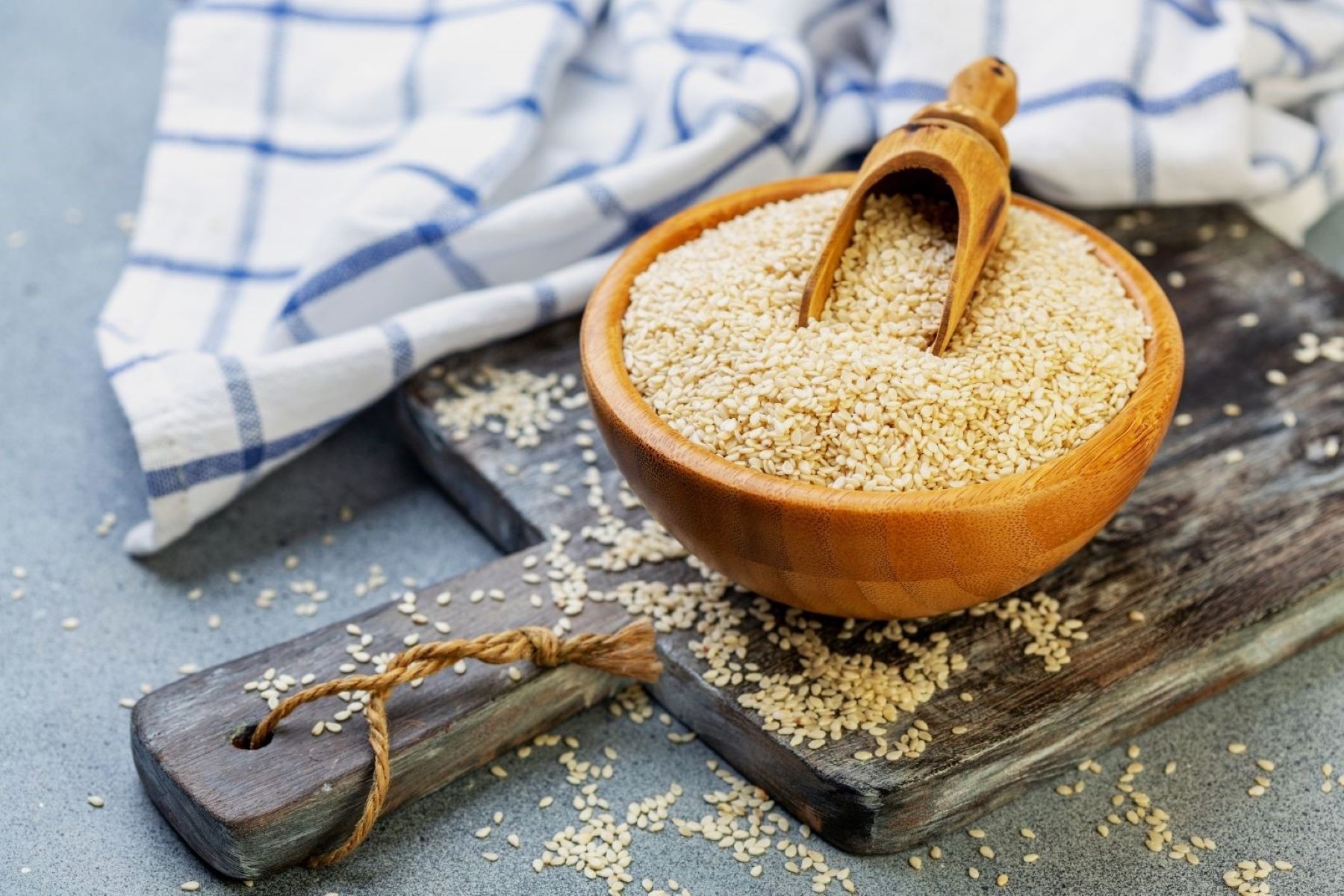

Garden Essentials
What Do Sesame Seeds Taste Like
Modified: March 24, 2024
Discover the taste of sesame seeds in your garden! Find out what these tiny seeds taste like and how they can enhance your culinary creations.
(Many of the links in this article redirect to a specific reviewed product. Your purchase of these products through affiliate links helps to generate commission for Storables.com, at no extra cost. Learn more)
Introduction
Welcome to the captivating world of sesame seeds! These tiny, versatile seeds have been a part of human cuisine for thousands of years and continue to delight our taste buds with their unique flavor and texture. From traditional Asian recipes to modern fusion dishes, sesame seeds play a significant role in enhancing the taste and visual appeal of countless culinary creations.
Sesame seeds are derived from the flowering Sesamum plant, which is native to Africa and widely cultivated in various regions around the world. These seeds are known for their rich nutritional profile and are packed with essential vitamins, minerals, and healthy fats.
In this article, we will delve into the fascinating history of sesame seeds, explore their culinary uses, discuss their nutritional value, and uncover the diverse flavors and textures they lend to different dishes. So, whether you are a seasoned cook or just starting your culinary adventure, get ready to discover the captivating taste of sesame seeds!
Key Takeaways:
- Sesame seeds have a nutty, slightly sweet, and toasty flavor, adding crunch and depth to dishes. They are rich in nutrients, making them a valuable and versatile ingredient in culinary traditions worldwide.
- From their ancient history to their modern-day culinary uses, sesame seeds continue to captivate with their unique taste and cultural significance. Whether raw, toasted, or in oil form, they bring a delightful flavor to a wide variety of dishes.
Read more: What Does Sesame Seed Oil Taste Like
History of Sesame Seeds
The history of sesame seeds can be traced back thousands of years to ancient civilizations such as Mesopotamia, Egypt, and India. These ancient cultures recognized the value of sesame seeds for their culinary and medicinal properties, and the cultivation of sesame seeds spread across different regions over time.
Archaeological evidence suggests that sesame seeds were one of the first oilseed crops domesticated by humans. They were highly valued for their oil content, which was extracted and used for cooking, as a lamp fuel, and for various religious and medicinal purposes.
In Mesopotamia, the cradle of civilization, sesame was considered a sacred plant and was often associated with immortality and health. Ancient texts from Babylon mention the use of sesame seeds in traditional remedies and rituals. In Egypt, sesame seeds were an integral part of the daily diet, and hieroglyphic inscriptions reveal their use in baking bread and making confections.
Throughout history, sesame seeds traveled along ancient trade routes and found their way to the Mediterranean region, China, Japan, and other parts of the world. They became an essential ingredient in various cuisines, contributing distinct flavors and textures to the culinary traditions of different cultures.
In Asia, sesame seeds hold great cultural significance. They are believed to have originated in India and were later introduced to China around the 2nd century BCE. Sesame seeds are commonly used in Chinese, Japanese, Korean, and Southeast Asian cuisines, adding a nutty and slightly sweet flavor to dishes.
In the western world, sesame seeds gained popularity with the spread of Mediterranean cuisine. They are used in the form of tahini (sesame paste) in dishes such as hummus and baba ganoush. Sesame seeds also make a delightful topping for bread, crackers, and salads, enhancing both the flavor and aesthetic appeal.
Today, sesame seeds continue to be valued for their delicious taste, versatility, and nutritional benefits. They have become a staple ingredient in many kitchens around the world, keeping alive the rich history and cultural heritage associated with these tiny, flavorful seeds.
Cultivation of Sesame Seeds
Sesame seeds are primarily cultivated in tropical and subtropical regions around the world. The plants require a warm climate with temperatures ranging from 77°F to 95°F (25°C to 35°C). They also need well-drained soil and a minimum of 20 inches (50 cm) of annual rainfall, although they are known to tolerate drought conditions better than many other crops.
The cultivation of sesame seeds typically begins with the sowing of seeds during the warm season. Farmers prepare the soil by plowing and leveling the land to create a suitable seedbed. Sesame seeds are then sown either manually or using modern agricultural machinery.
Once the seeds are sown, they require consistent watering and careful maintenance. It takes around 90 to 120 days for the plants to reach maturity, depending on the variety. During this time, farmers need to monitor the crop’s growth, weed out unwanted plants, and protect the fields from pests and diseases.
One interesting fact about sesame plants is that they have beautiful bell-shaped, pink or white flowers. These flowers eventually give way to seedpods that contain sesame seeds. As the seedpods mature, they turn brown and begin to crack open, revealing the small, nutritious seeds within.
When the sesame plants are fully matured and the seedpods have opened, it is time for harvesting. The seeds are harvested by cutting or pulling the entire plant from the ground. After the plants are harvested, they are left to dry in the field for a few days. Once dried, the seeds are separated from the plants.
After harvesting, the sesame seeds undergo a process called threshing. Threshing involves removing the outer husk or shell from the seeds, allowing access to the edible part inside. The seeds are then cleaned to remove any impurities.
Sesame seeds can be stored for long periods when kept in a cool and dry place. They are often sold as whole seeds or ground into sesame paste or oil. The seeds are also used for sprouting, where they are soaked in water until they germinate, and the young shoots are eaten.
The cultivation of sesame seeds provides not only a valuable crop but also economic opportunities for farmers in many parts of the world. It is an important agricultural commodity that contributes to the global food supply and offers numerous health benefits to those who consume it.
Nutritional Value of Sesame Seeds
Sesame seeds are packed with essential nutrients and are considered a powerhouse of nutrition. These tiny seeds are a rich source of protein, healthy fats, dietary fiber, vitamins, and minerals, making them a valuable addition to a balanced diet.
One tablespoon (approximately 9 grams) of sesame seeds contains:
- 52 calories
- 4 grams of fat, including both polyunsaturated and monounsaturated fats
- 1.6 grams of protein
- 1.1 grams of dietary fiber
- 8% of the recommended daily intake of magnesium
- 6% of the recommended daily intake of iron
- 6% of the recommended daily intake of calcium
- 5% of the recommended daily intake of zinc
- 4% of the recommended daily intake of vitamin B6
The high fiber content in sesame seeds helps promote healthy digestion and can aid in maintaining a healthy weight. This fiber also contributes to a feeling of fullness, reducing overeating and supporting weight management goals.
Sesame seeds are an excellent source of healthy fats, including omega-6 fatty acids. These fats are essential for the body’s normal growth and development, promoting brain health and reducing the risk of heart disease.
Additionally, sesame seeds are a good source of plant-based protein, making them an excellent choice for vegetarian and vegan diets. Protein is necessary for the growth and repair of tissues and helps maintain a healthy immune system.
These tiny seeds are also rich in vitamins and minerals that play crucial roles in various bodily functions. Magnesium, for example, is essential for bone health, nerve function, and energy production. Iron is necessary for the production of healthy red blood cells, while calcium is important for strong bones and teeth.
Zinc, another mineral found in sesame seeds, supports immune function, cell growth, and healing processes. Vitamin B6 aids in the metabolism of proteins, carbohydrates, and fats and plays a role in brain development and function.
With their impressive nutritional profile, sesame seeds make a valuable addition to any diet. Whether consumed as a topping, incorporated into baked goods, or used as an ingredient in savory dishes, these tiny seeds provide a wealth of essential nutrients to support overall health and well-being.
Culinary Uses of Sesame Seeds
Sesame seeds are incredibly versatile and can be used in a wide range of culinary creations. They add a delightful crunch, nutty flavor, and visual appeal to dishes, making them a popular ingredient in various cuisines around the world.
One common culinary use of sesame seeds is as a topping for bread, buns, and bagels. The seeds are often sprinkled on top of the dough before baking, adding a crunchy texture and enhancing the overall taste of the baked goods.
Sesame seeds are also frequently used as a flavorful coating for proteins such as chicken, fish, and tofu. The seeds can be mixed with breadcrumbs or spices to create a delicious crust when pan-frying or baking the protein.
In Asian cuisine, sesame seeds are an essential component of sauces and dressings. Tahini, a paste made from ground sesame seeds, is a key ingredient in traditional dishes like hummus and baba ganoush. It is also used to make dips, salad dressings, and marinades.
In addition to sauces, sesame seeds are popularly used in stir-fries and noodle dishes. They are often toasted and sprinkled on top of the finished dish to add a nutty flavor and textural contrast.
Sesame oil, extracted from sesame seeds, is widely used for cooking and flavoring dishes. It has a distinctive aroma and adds a rich, toasty flavor to stir-fries, salads, and dressings. Sesame oil is also a key ingredient in many Asian sauces, such as soy sauce and hoisin sauce.
Another culinary use of sesame seeds is in baking. They can be incorporated into cookies, cakes, muffins, and other baked goods to add a crunchy element and impart a hint of nuttiness to the final product.
Additionally, sesame seeds are a key ingredient in halvah, a sweet treat made by mixing toasted sesame seeds with honey or sugar syrup. Halvah is popular in Middle Eastern and Mediterranean cuisines and has a unique, dense texture and a rich flavor.
Sesame seeds can also be ground into a fine powder and used as a seasoning. In Japanese cuisine, this powdered form of sesame seeds, known as gomashio, is often sprinkled on rice, vegetables, or noodles to add a nutty flavor and a touch of saltiness.
Whether used as a topping, an ingredient in sauces and dressings, or as a flavor enhancer in baked goods, sesame seeds are a versatile ingredient that adds depth and complexity to a wide variety of dishes. So, next time you’re in the kitchen, don’t forget to incorporate these delicious seeds for an extra burst of flavor!
Read more: What Do Fennel Seeds Taste Like
Different Varieties of Sesame Seeds
Sesame seeds come in various varieties, each with its own unique characteristics and flavor profiles. These different varieties offer a wide range of options for culinary experimentation and can elevate the taste of your dishes in diverse ways.
White sesame seeds: This is the most common variety of sesame seeds found in the market. As the name suggests, these seeds have a light-colored husk and a mild, nutty flavor. They are widely used as a topping for bread, buns, and other baked goods. They can also be blended into tahini or sprinkled on top of salads and stir-fries.
Black sesame seeds: These seeds have a striking black color and a rich, earthy flavor. Black sesame seeds are frequently used in Asian cuisine for their visual appeal and distinct nutty taste. They are commonly used in desserts, such as black sesame paste, ice cream, and sweet dumplings. They can also be ground into a powder and used as a seasoning.
Golden sesame seeds: This variety of sesame seeds has a golden color and a slightly sweeter flavor compared to white sesame seeds. They are commonly used in Middle Eastern and Mediterranean cuisines. Golden sesame seeds are often used as a topping for bread and pastries, as well as in the preparation of tahini and halvah.
Toasted sesame seeds: These are any variety of sesame seeds that have been lightly toasted to intensify their flavor and aroma. Toasted sesame seeds have a rich, nutty taste and a slightly crunchy texture. They are commonly used as a topping for salads, stir-fries, rice dishes, and noodle dishes. They can also be ground and used in spice blends or as a seasoning.
Hulled sesame seeds: This variety has had the outer husk removed, leaving behind the white or cream-colored inner kernel. Hulled sesame seeds have a milder taste compared to unhulled seeds. They are often used as a topping for baked goods, salads, and soups. They can also be ground into sesame flour or blended into tahini paste.
Unhulled sesame seeds: These are sesame seeds that still have their outer husk intact. Unhulled sesame seeds have a slightly bitter taste and are often used for their nutritional benefits. They are commonly used in traditional Asian cooking, being added to sauces, marinades, and dressings. They can also be used as a topping for savory dishes or incorporated into baked goods for added texture.
Each variety of sesame seeds brings its own distinct flavor and texture to dishes, allowing you to experiment and find the perfect fit for your culinary creations. Whether you choose the classic white sesame seeds, the bold black sesame seeds, or any of the other varieties, you can’t go wrong with this versatile ingredient that adds a delicious touch to your favorite recipes.
Sesame seeds have a nutty, slightly sweet flavor with a delicate crunch. They are often used in both sweet and savory dishes to add texture and a subtle, earthy taste.
Sesame Seeds in Traditional Medicine
Aside from their culinary uses, sesame seeds have also been valued for their medicinal properties in traditional medicine systems around the world for centuries. Ancient cultures recognized the health benefits of sesame seeds and incorporated them into remedies to treat various ailments.
In traditional Ayurvedic medicine, sesame seeds are highly regarded for their nourishing and strengthening properties. They are believed to balance the doshas (energetic forces) in the body, particularly Vata and Pitta. Sesame seeds are often used in Ayurvedic formulations to support digestion, improve cardiovascular health, promote strong bones, and enhance overall vitality.
In traditional Chinese medicine, sesame seeds are considered to have a warming nature and are believed to nourish the liver and kidneys. They are used to strengthen the body and relieve conditions such as constipation, dry cough, and dizziness. Sesame seeds are also believed to support healthy hair and skin, increase lactation in nursing mothers, and promote reproductive health.
One of the primary components of sesame seeds that contributes to their medicinal properties is sesamin, a lignan compound with antioxidant and anti-inflammatory properties. Sesamin has been studied for its potential benefits in reducing cholesterol levels, improving cardiovascular health, and protecting against certain types of cancer.
Sesame seeds are also rich in phytosterols, which have been found to help reduce cholesterol absorption and lower LDL (bad) cholesterol levels in the body. Additionally, the high content of healthy fats and vitamin E in sesame seeds contributes to their antioxidant and anti-inflammatory effects, promoting overall well-being.
In traditional medicine practices, sesame seeds have been used to support joint health, alleviate arthritis symptoms, and ease inflammation associated with rheumatism. Some traditional remedies involve applying sesame oil topically to soothe and nourish the skin or using sesame seeds internally to support joint mobility.
It is important to note that while sesame seeds have a long history of traditional use, it’s always recommended to consult with a healthcare professional before using them for medicinal purposes. They should not be used as a sole treatment for any serious medical condition.
Overall, the inclusion of sesame seeds in traditional medicine illustrates the belief in their beneficial effects on various aspects of health. While scientific research is still ongoing to fully understand their potential therapeutic properties, sesame seeds continue to be valued for their nutritional composition and potential health benefits in many cultures.
Popular Dishes and Recipes Using Sesame Seeds
Sesame seeds are a versatile ingredient that adds a unique flavor, crunch, and visual appeal to a wide range of dishes. Let’s explore some popular recipes and culinary creations that make use of these delightful seeds:
1. Tahini: This Middle Eastern staple is a smooth paste made from ground sesame seeds. Tahini is the key ingredient in classics like hummus, baba ganoush, and halvah. It can also be used as a flavorful spread for sandwiches or as a base for salad dressings and sauces.
2. Gomashio: In Japanese cuisine, gomashio is a seasoning made by blending toasted sesame seeds with salt. This mixture is often sprinkled on top of rice, vegetables, or noodles to add a nutty flavor and a touch of saltiness. Gomashio is versatile and can be adapted to suit personal taste preferences.
3. Sesame Chicken: This popular Chinese dish features tender pieces of chicken that are breaded or coated in a sauce made with sesame oil, soy sauce, and other flavorings. The chicken is typically stir-fried or baked until crispy, then garnished with toasted sesame seeds for added texture and flavor.
4. Sesame Noodles: This dish is a favorite in many Asian cuisines, particularly Chinese and Thai. Noodles, such as soba or udon, are tossed in a sauce made with sesame oil, soy sauce, garlic, and other seasonings. The dish is often garnished with chopped scallions, crushed red pepper flakes, and toasted sesame seeds.
5. Sesame Crusted Tofu: This vegan-friendly recipe features tofu coated in a mixture of sesame seeds, breadcrumbs, and spices before being pan-fried or baked until crispy. The sesame crust adds a delightful crunch and nutty flavor to the tofu, which can be enjoyed alongside a dipping sauce or as an ingredient in stir-fries and salads.
6. Sesame Salad Dressing: This versatile dressing combines toasted sesame oil, soy sauce, rice vinegar, honey, garlic, and ginger for a vibrant and flavorful dressing. It can be drizzled over salads, used as a marinade for grilled meats or vegetables, or as a dipping sauce for spring rolls or dumplings.
7. Sesame Seed Bars: These homemade snack bars are a nutritious and delicious treat. A mixture of toasted sesame seeds, honey, nut butter, and dried fruits is pressed into bars and chilled until firm. They make for a convenient on-the-go snack or a wholesome dessert.
8. Sesame Soba Noodle Salad: This refreshing salad combines cooked soba noodles with a medley of colorful vegetables, such as bell peppers, carrots, and cucumbers. The salad is dressed with a tangy and sesame-forward dressing, then finished with a sprinkle of toasted sesame seeds and garnished with fresh herbs.
These are just a few examples of the countless dishes and recipes that incorporate sesame seeds. With their versatility and distinctive flavor, there is no shortage of ways to enjoy these delightful seeds in your culinary adventures!
Sesame Seeds in Different Culinary Cultures
Sesame seeds have a rich culinary history and are widely used in various culinary cultures around the world. Let’s explore how different cuisines incorporate these versatile seeds into their traditional dishes:
1. Asian Cuisine: Sesame seeds are a fundamental ingredient in many Asian cuisines. In Chinese cuisine, they are used in both sweet and savory dishes. They are commonly sprinkled on top of stir-fries, added to sauces and marinades, and used as a key component in desserts like black sesame soup and tangyuan. In Japanese cuisine, sesame seeds are used to make gomashio, a seasoning for rice and vegetables. They are also a popular topping for sushi rolls and added to dressings, sauces, and marinades.
2. Middle Eastern Cuisine: Sesame seeds play a vital role in Middle Eastern cuisine. They are used to make tahini, a staple ingredient in dishes like hummus, baba ganoush, and halvah. Sesame seeds are also often used as a topping for bread, pastries, and salads. In Middle Eastern desserts, such as ma’amoul and sesame cookies, sesame seeds lend a lovely nutty flavor and a crunchy texture.
3. Mediterranean Cuisine: In Mediterranean cuisine, sesame seeds are frequently used in baking. They are sprinkled on top of breads, both before and after baking, enhancing their flavor and giving them a delightful crunch. Sesame seeds are also popularly used in dishes like falafel, tahini sauce, and halvah.
4. South Asian Cuisine: Sesame seeds hold significance in South Asian cuisines, particularly Indian cuisine. They are used in a variety of dishes and desserts. Sesame seeds are used as a garnish on bread, chapatis, and savory snacks. They are also incorporated into chutneys, curries, and desserts like til laddu and gajak.
5. African Cuisine: Sesame seeds have a long history in African cuisine as well. In North African cuisine, they are used in dishes like tahini-based sauces, marinated meats, and couscous. In West African cuisine, sesame seeds are used in the preparation of various soups, stews, and traditional sauces like egusi.
6. Global Fusion Cuisine: With the rise of global fusion cuisine, sesame seeds have found their way into a range of creative dishes. They are used in fusion recipes like sesame-crusted fish, sesame seed-coated sushi rolls, and sesame-infused salad dressings. The versatility of sesame seeds allows them to be incorporated into countless innovative dishes that fuse different culinary traditions.
From Asian stir-fries to Middle Eastern spreads and Mediterranean breads, sesame seeds are a global culinary gem. They add depth, flavor, and texture to dishes from various cultures, showcasing their versatility and popularity in kitchens around the world.
Read more: What Do Flax Seeds Taste Like
How Sesame Seeds Taste
Sesame seeds have a distinctive flavor profile that can be described as nutty, slightly sweet, and toasty. The taste of sesame seeds can vary slightly depending on their variety and how they are prepared.
Raw sesame seeds have a mild, gentle flavor with some underlying sweetness. They offer a delicate nuttiness that is not overpowering, making them a versatile ingredient in both sweet and savory dishes.
When sesame seeds are toasted, their flavor becomes more pronounced and complex. Toasting brings out the nuttiness and adds a rich, toasty aroma. The toasting process also intensifies the sweetness and adds a subtle earthiness to the seeds.
The level of toasting can be adjusted to suit personal taste preferences. Lightly toasted sesame seeds will retain more of their natural flavor and a lighter shade, while heavily toasted seeds will have a deeper, more robust flavor and a darker hue.
Sesame oil, derived from sesame seeds, has its own distinct taste. It is highly aromatic and has a rich, nutty flavor. Toasted sesame oil, made from roasted sesame seeds, has a more robust and pronounced taste compared to untoasted sesame oil.
In savory dishes, sesame seeds provide a satisfying crunch and a pleasant mouthfeel. They lend depth and complexity to stir-fries, noodle dishes, salads, and sauces. Sesame seeds are often used as a garnish or topping, adding a delightful textural contrast to the overall dish.
In sweet dishes, sesame seeds add a subtle nutty note and an interesting texture. They are commonly used in desserts, such as cookies, cakes, and halvah. The slight sweetness of sesame seeds can complement the overall flavor profile of these sweet treats without overwhelming them.
Overall, the taste of sesame seeds can be described as a delightful combination of nuttiness, sweetness, and toasty richness. Whether used in its raw, toasted, or oil form, sesame seeds bring a distinct flavor that enhances a wide variety of dishes, making them an essential ingredient in many culinary traditions around the world.
Conclusion
Sesame seeds have captivated the culinary world with their unique flavor, versatility, and rich cultural history. Whether used as a topping, incorporated into sauces and dressings, or as a key ingredient in traditional dishes, sesame seeds add a delightful crunch, nuttiness, and visual appeal to countless culinary creations.
The history of sesame seeds spans thousands of years, with their cultivation and usage dating back to ancient civilizations. From their sacred status in Mesopotamia to their prominent roles in Asian, Middle Eastern, and Mediterranean cuisines, sesame seeds have been cherished for their culinary and medicinal properties.
In addition to their delicious taste, sesame seeds offer a wealth of nutritional benefits. They are rich in protein, healthy fats, fiber, vitamins, and minerals, making them a valuable addition to a balanced diet. Sesame seeds are believed to support digestion, cardiovascular health, joint mobility, and overall vitality.
Across different culinary cultures, sesame seeds have made their mark. From the gomashio of Japan to the tahini-based dishes of the Middle East and the sesame-crusted creations found in fusion cuisine, sesame seeds add depth, flavor, and texture to a diverse array of dishes.
Whether enjoying the delicate nuttiness of raw sesame seeds, savoring the richness of toasted sesame seeds, or relishing the distinctive flavor of sesame oil, this tiny seed continues to entice and inspire chefs, home cooks, and food enthusiasts worldwide.
In conclusion, sesame seeds are a true treasure in the culinary realm. Their ability to enhance the taste, texture, and visual appeal of dishes is unparalleled. So, the next time you’re in the kitchen, don’t forget the humble sesame seed – it may just be the secret ingredient that takes your culinary creations to new heights!
Frequently Asked Questions about What Do Sesame Seeds Taste Like
Was this page helpful?
At Storables.com, we guarantee accurate and reliable information. Our content, validated by Expert Board Contributors, is crafted following stringent Editorial Policies. We're committed to providing you with well-researched, expert-backed insights for all your informational needs.
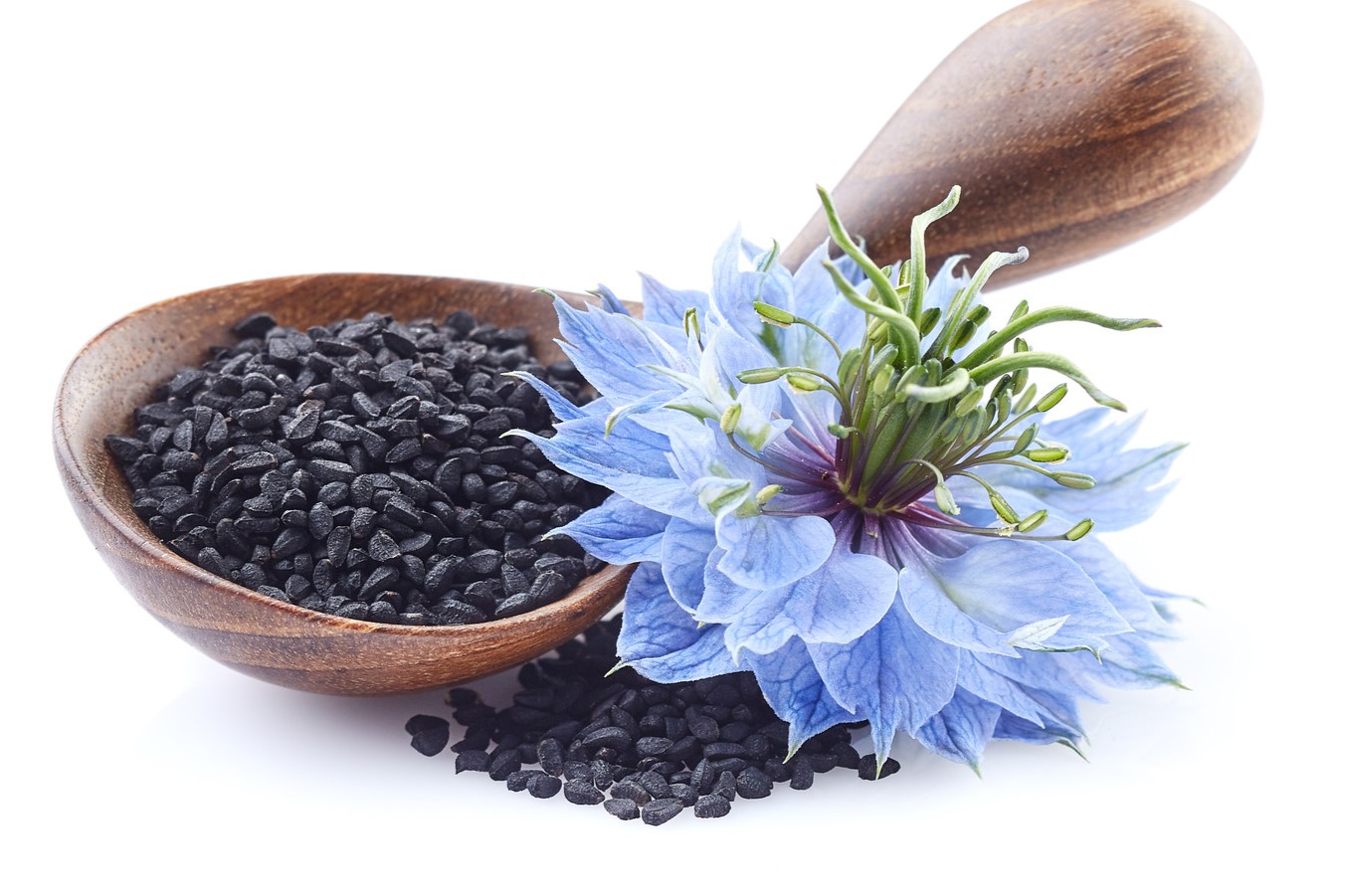
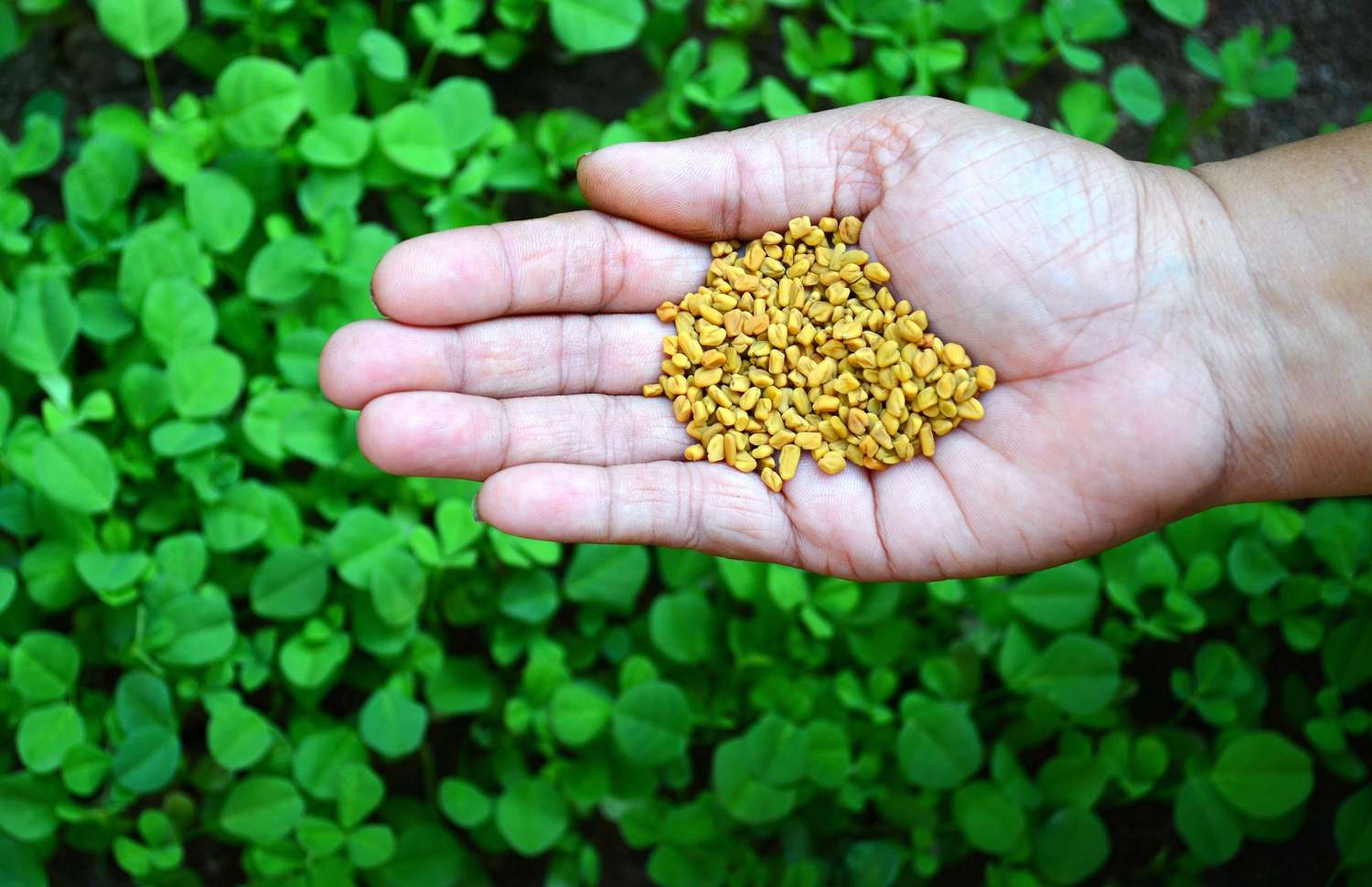
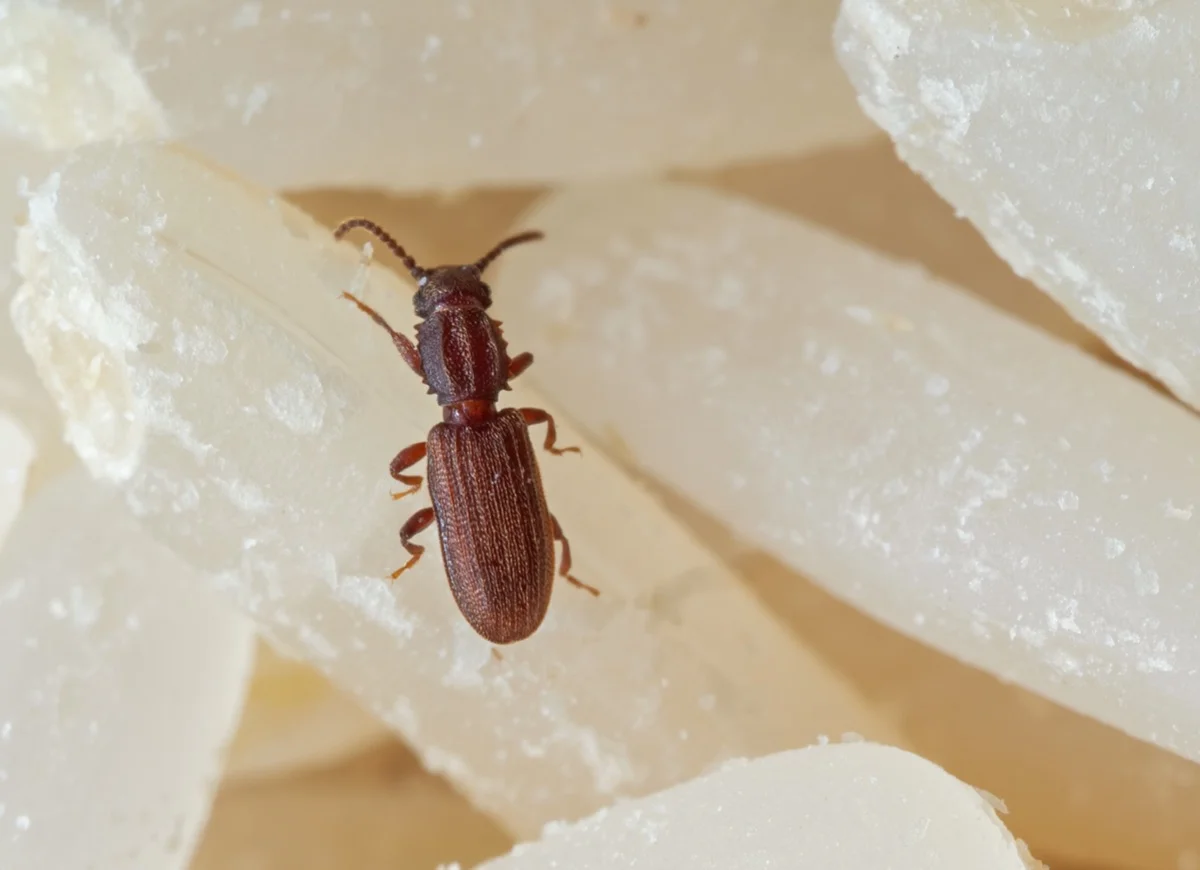
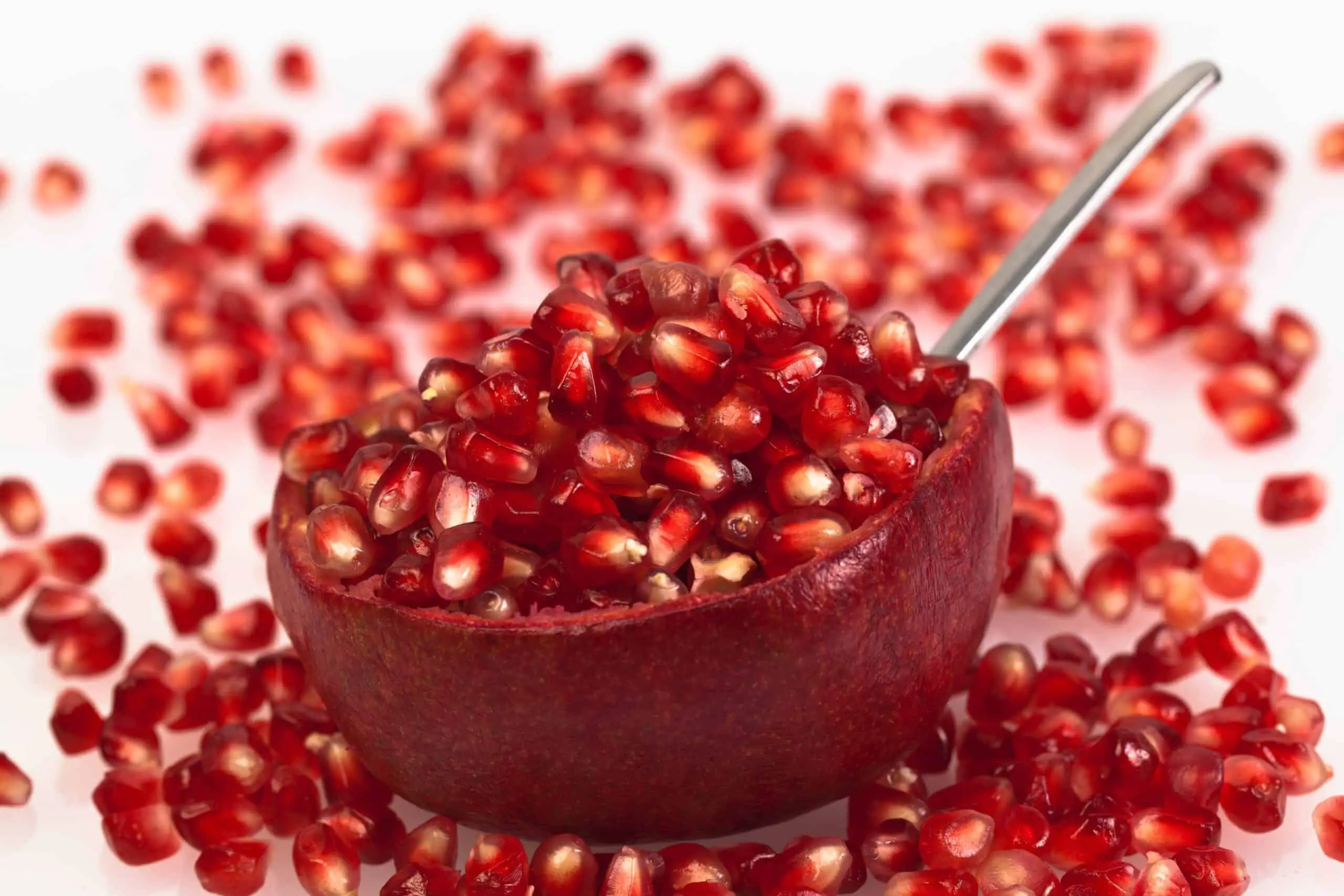
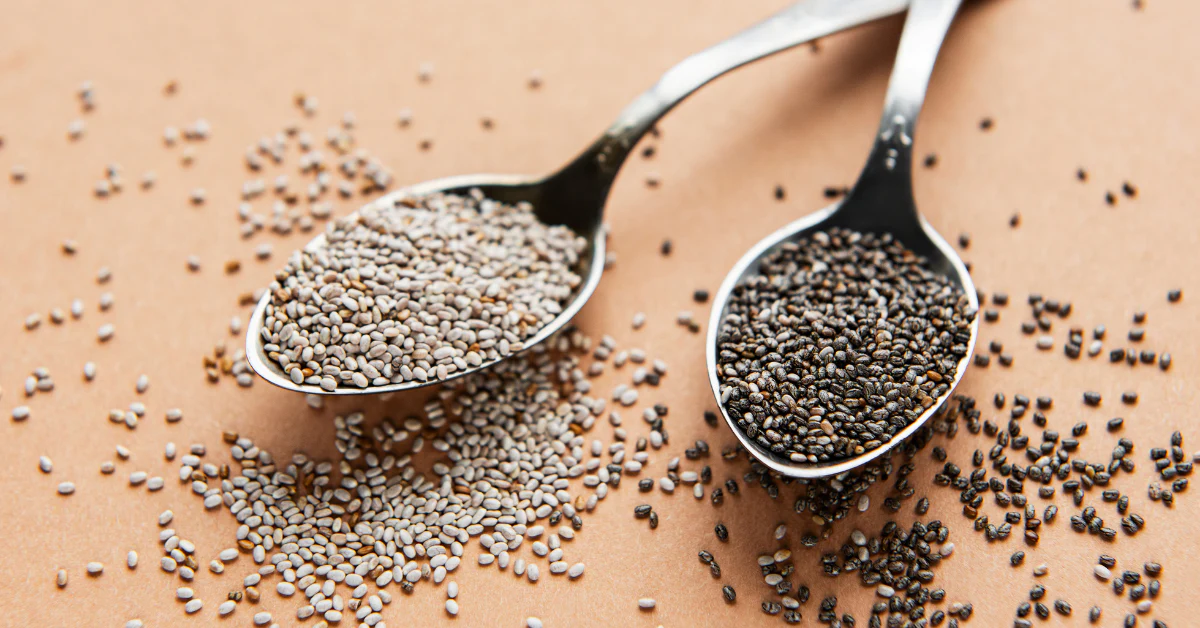
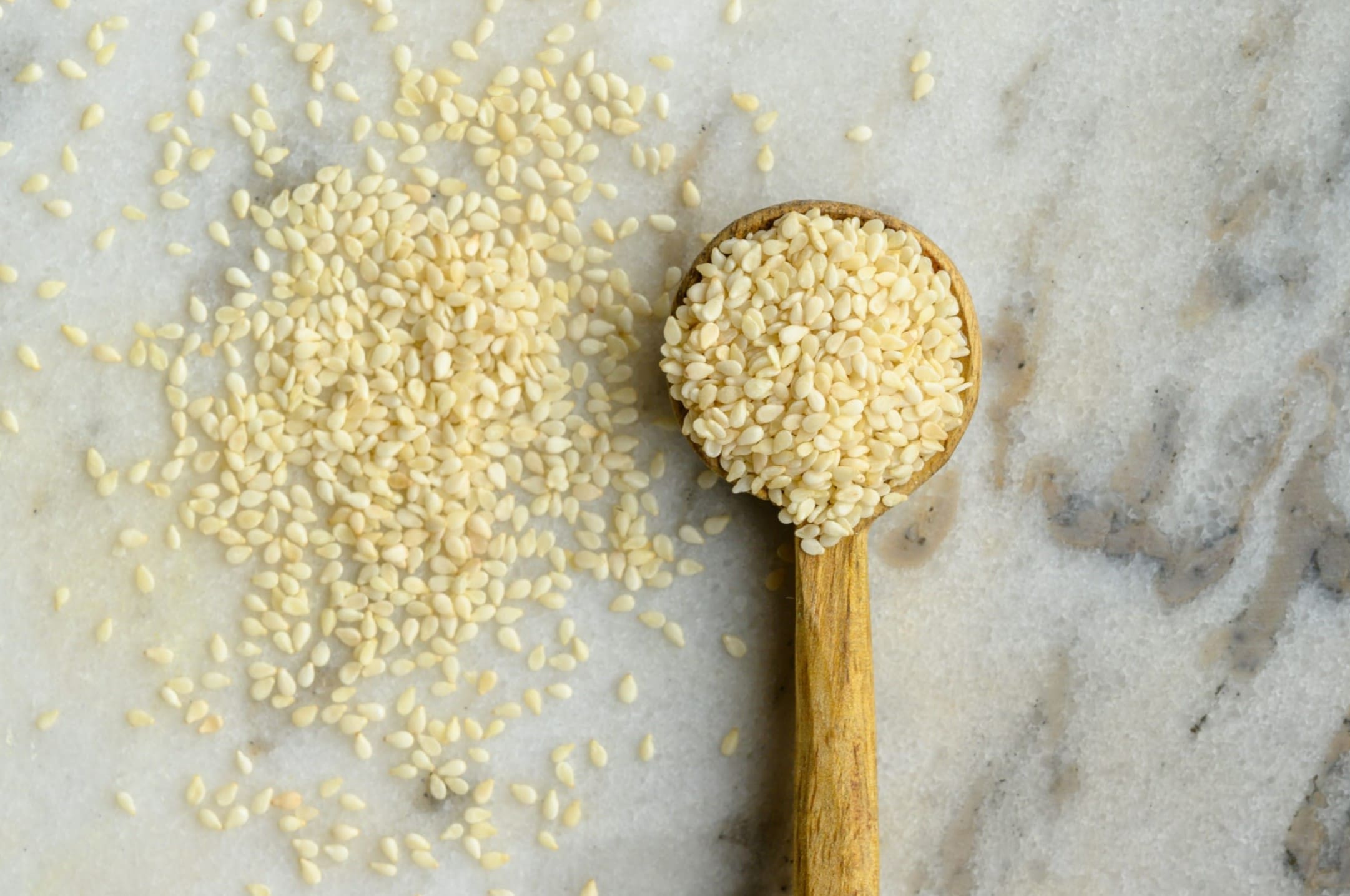
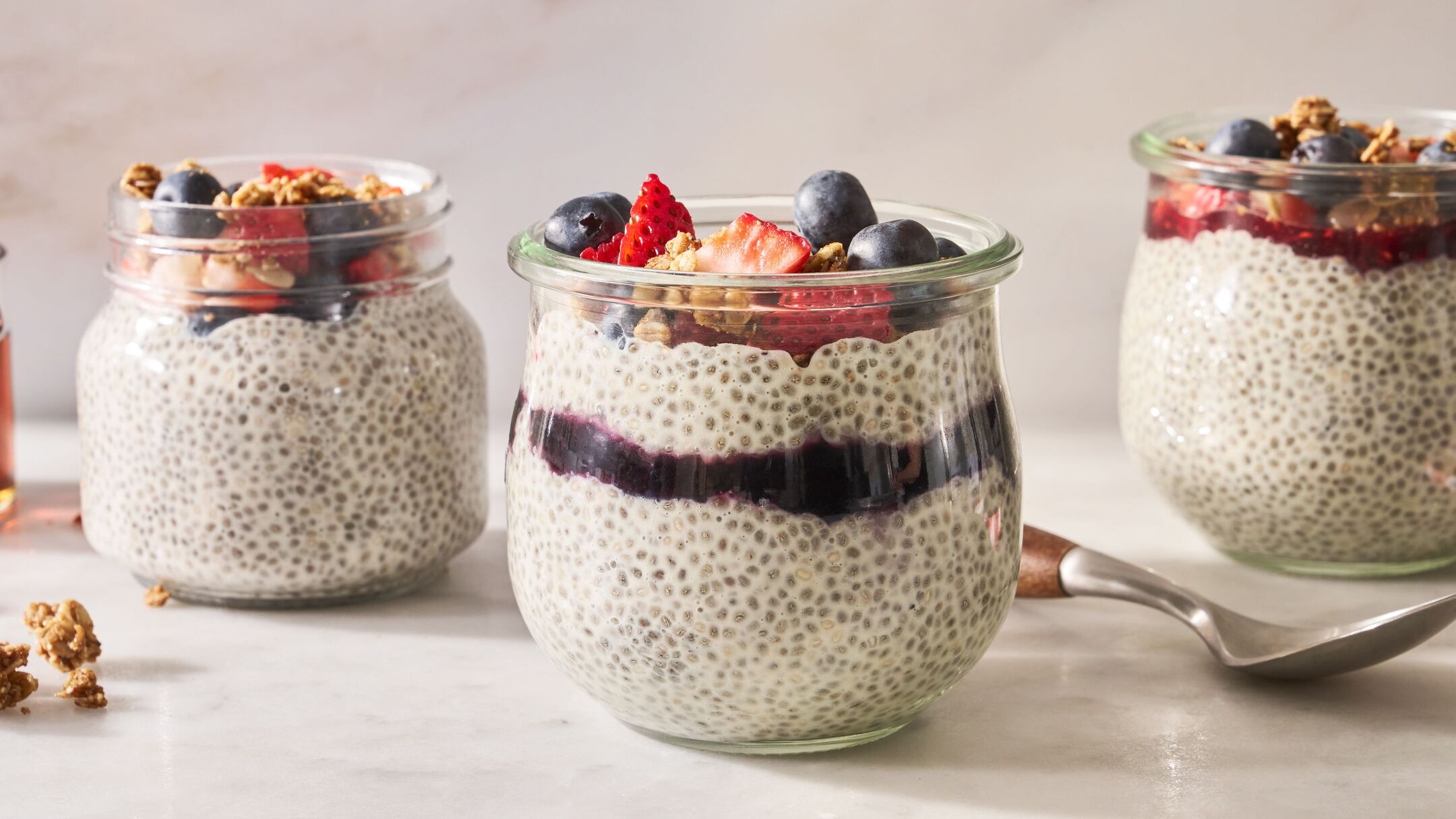
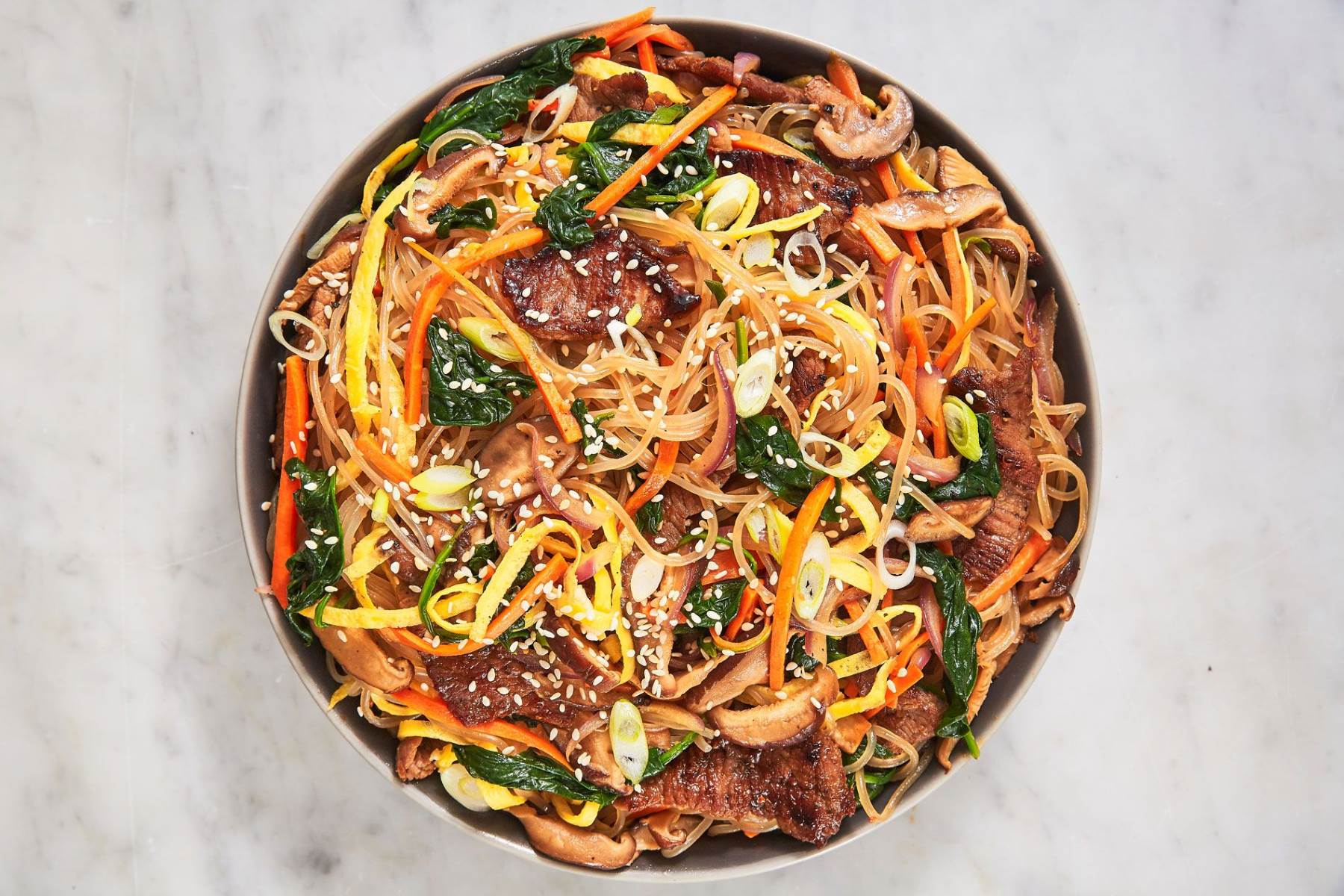
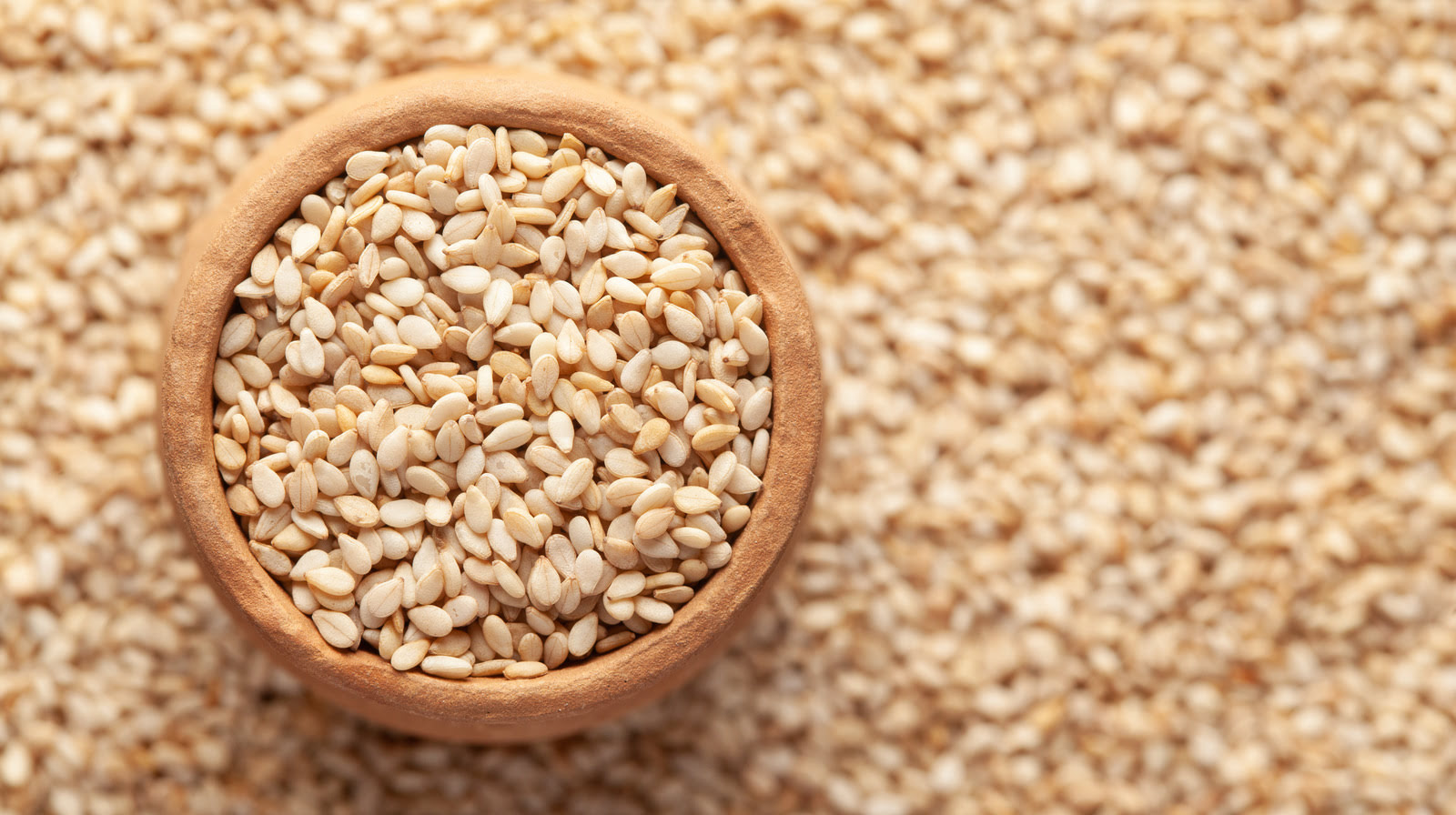

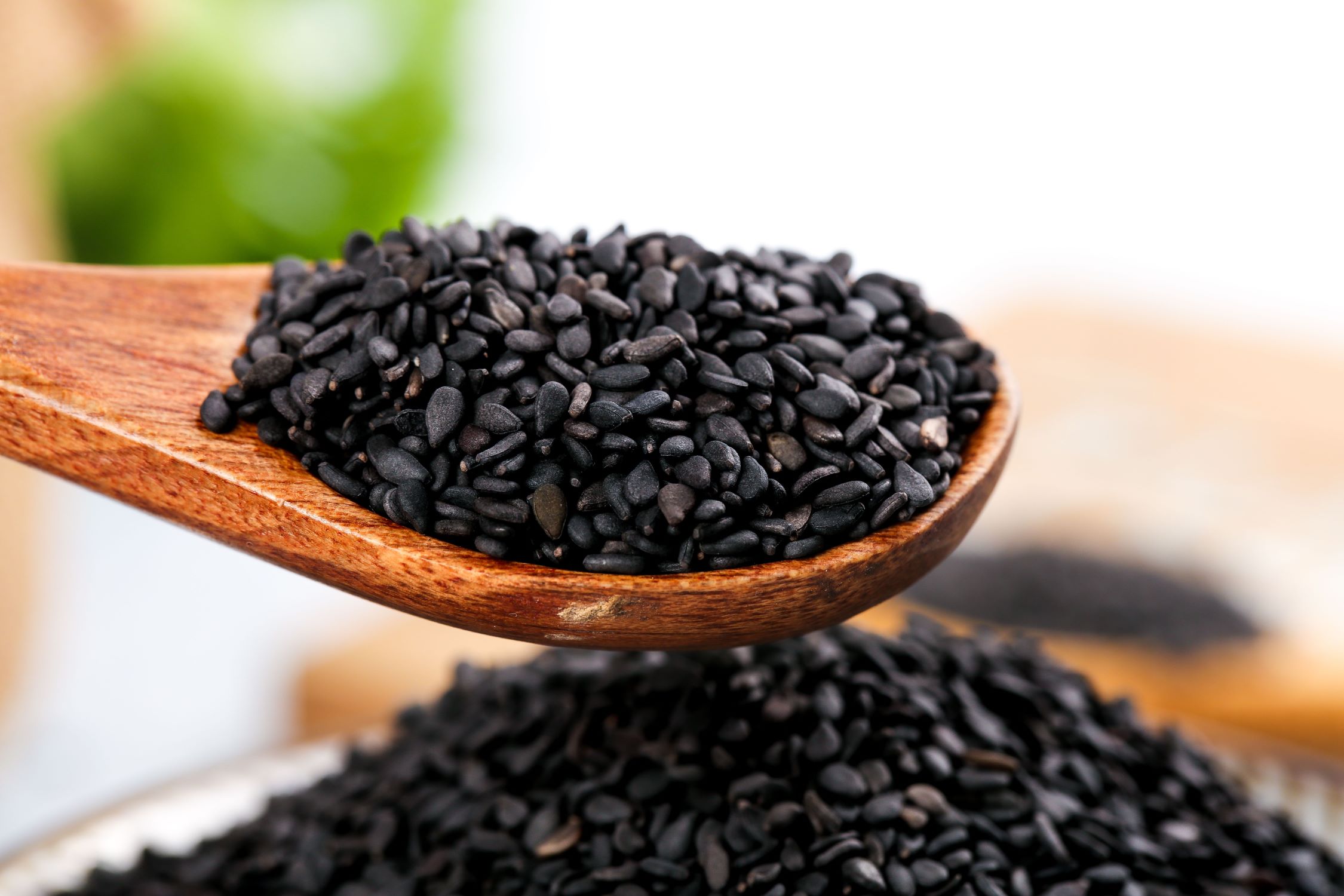
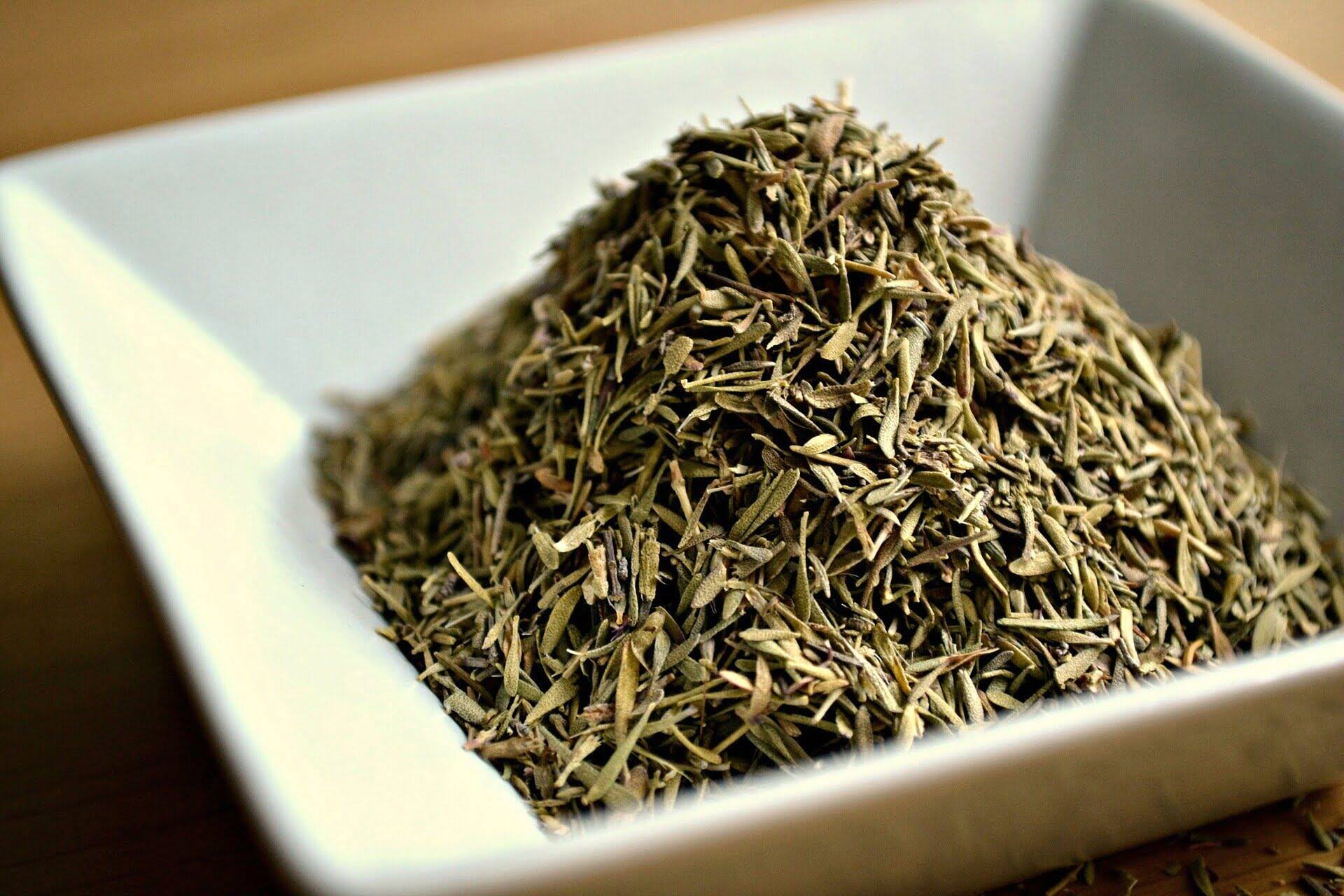
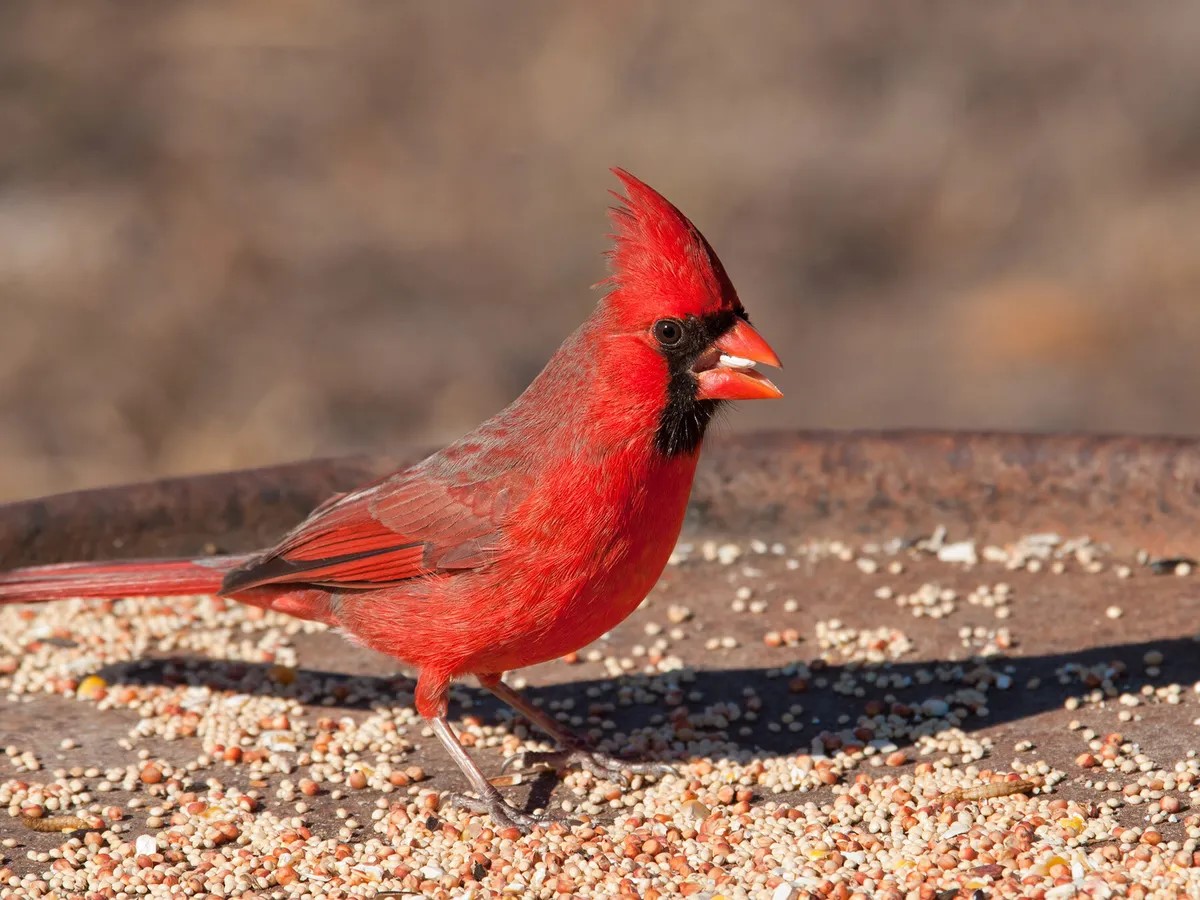

0 thoughts on “What Do Sesame Seeds Taste Like”